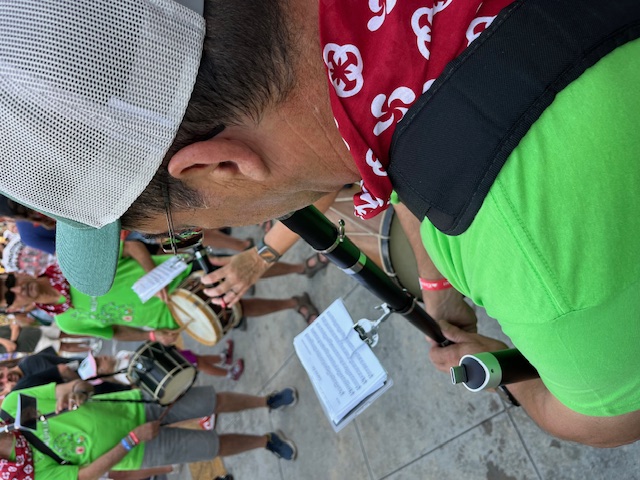

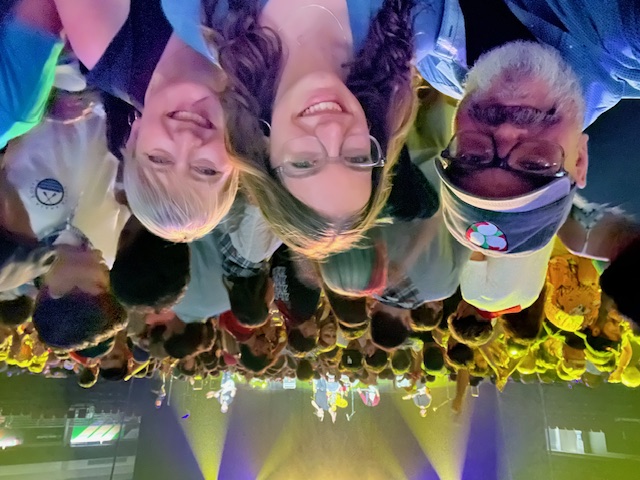

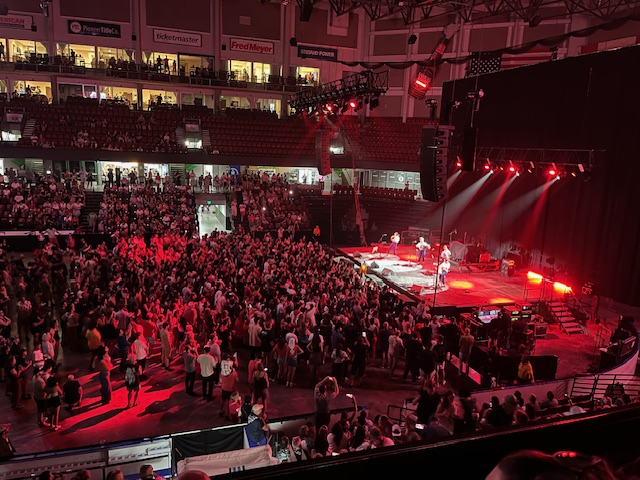
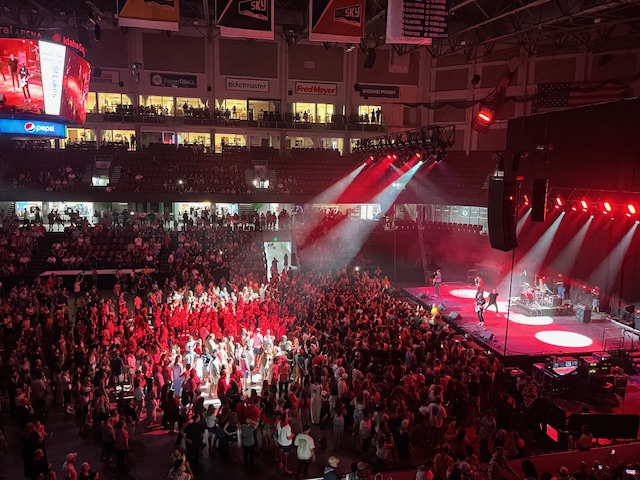
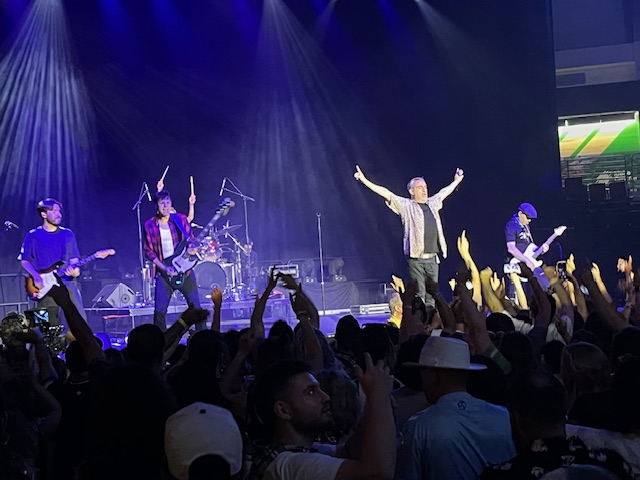
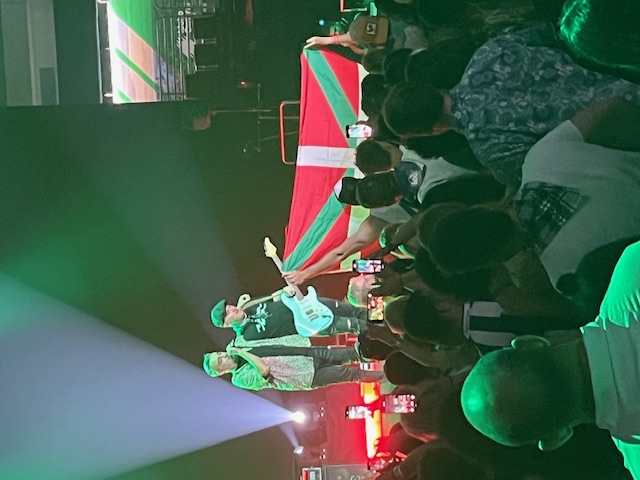
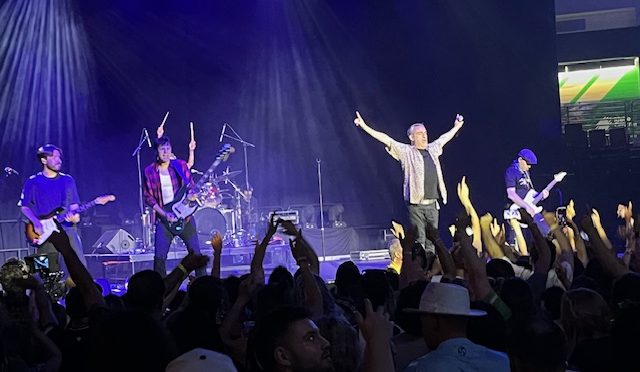








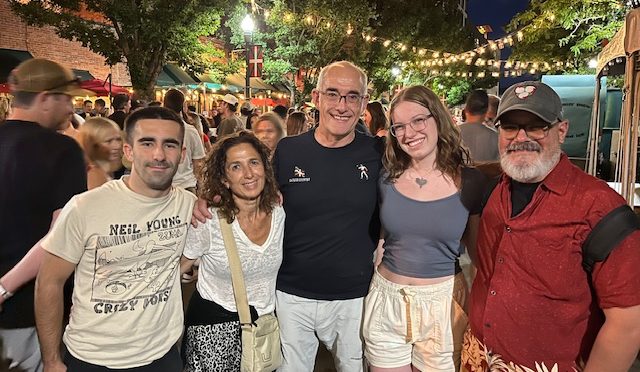
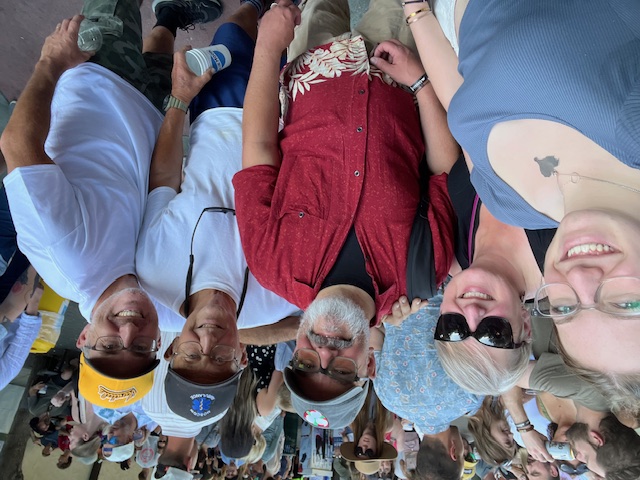

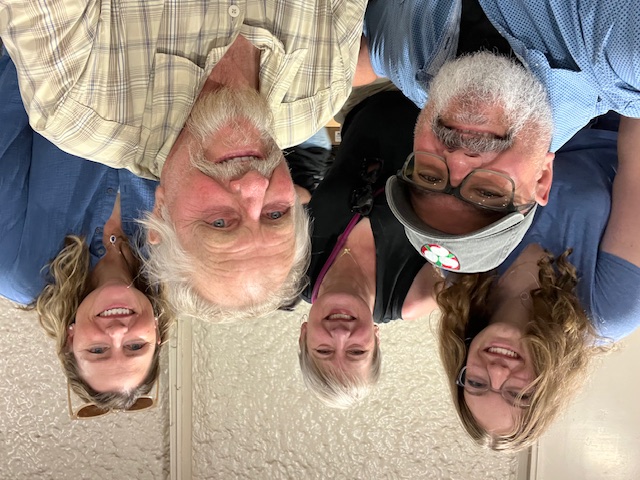
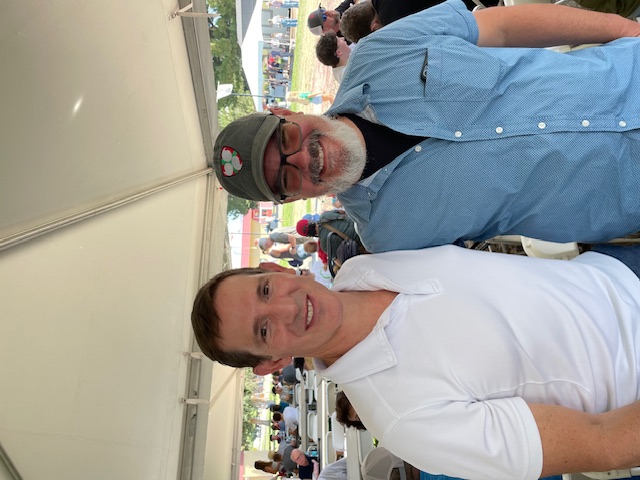
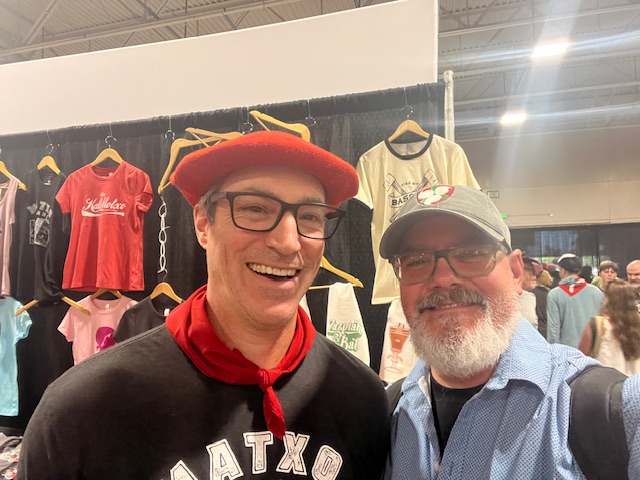
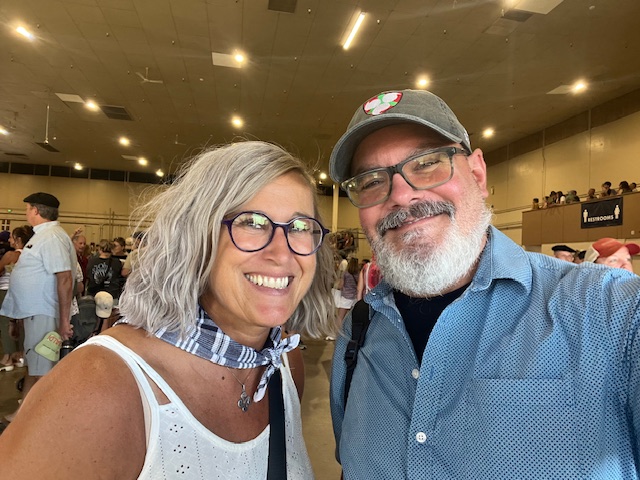
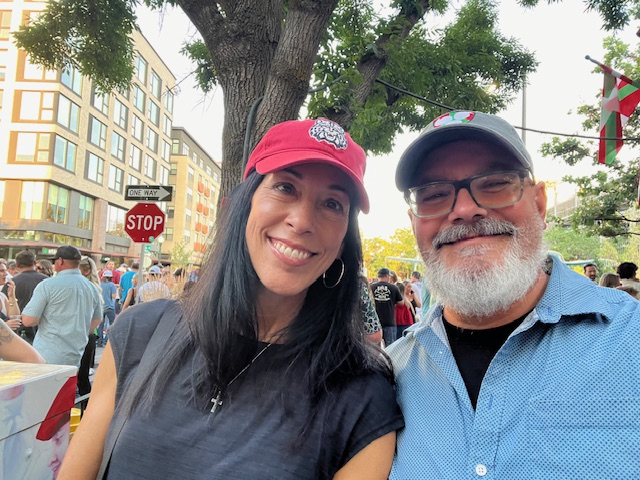
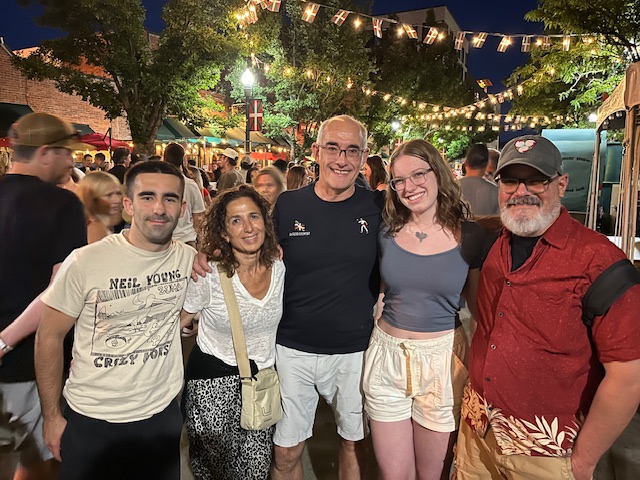
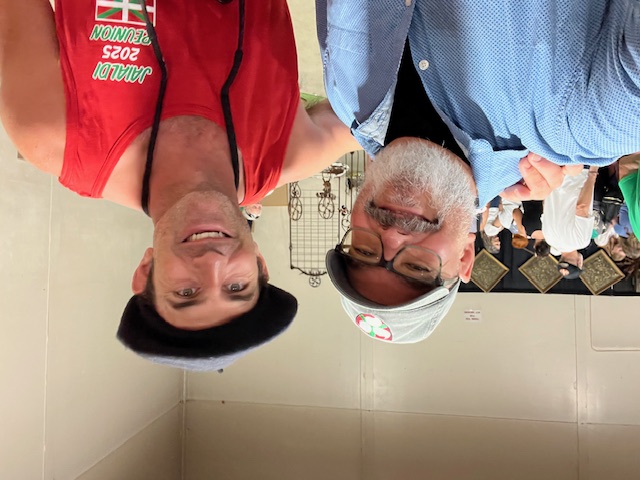
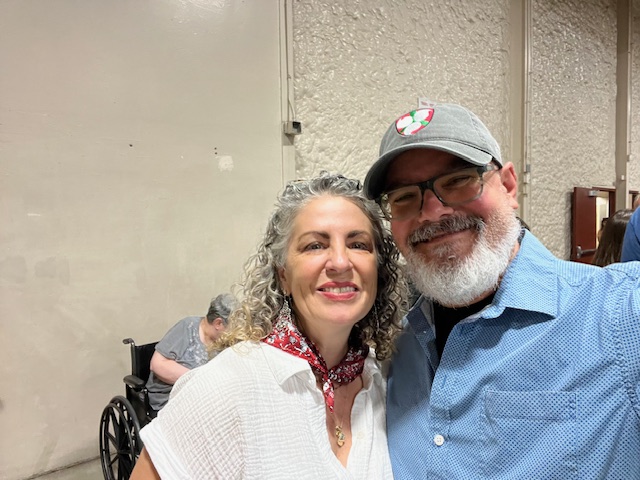
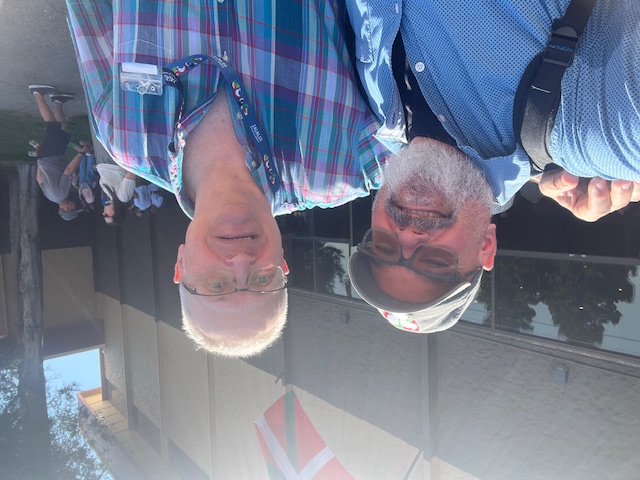
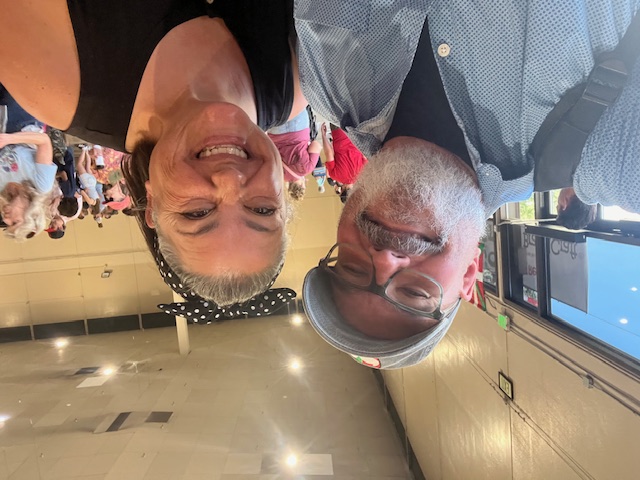
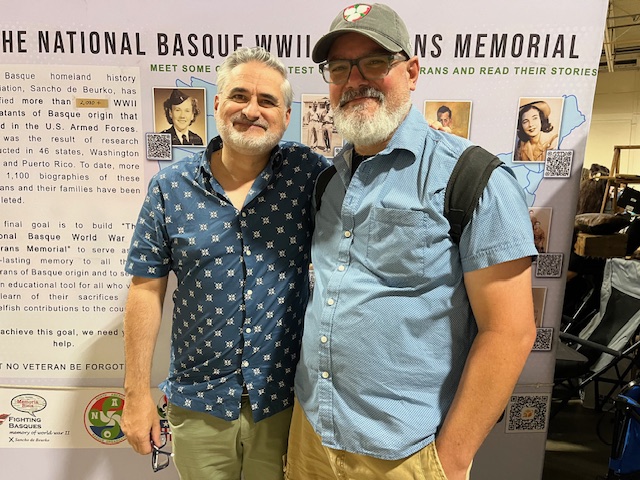
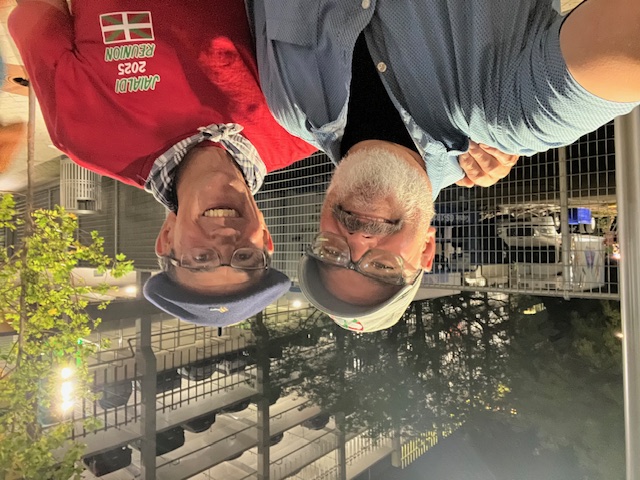
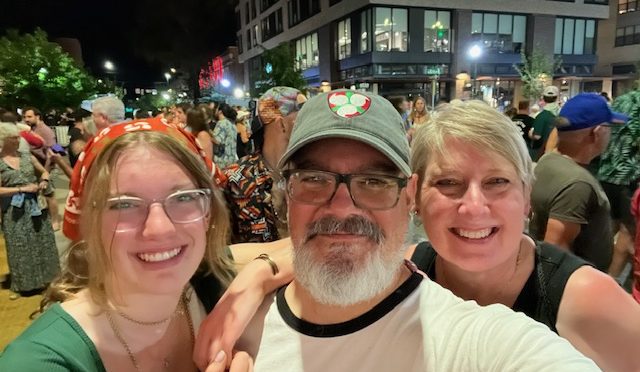
An awesome start to Jaialdi!!!
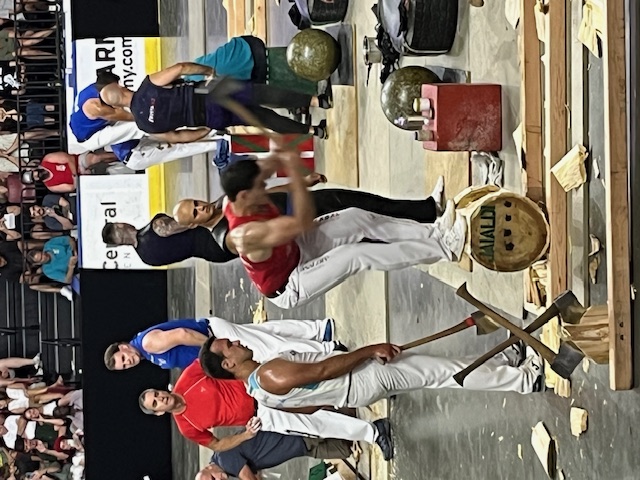
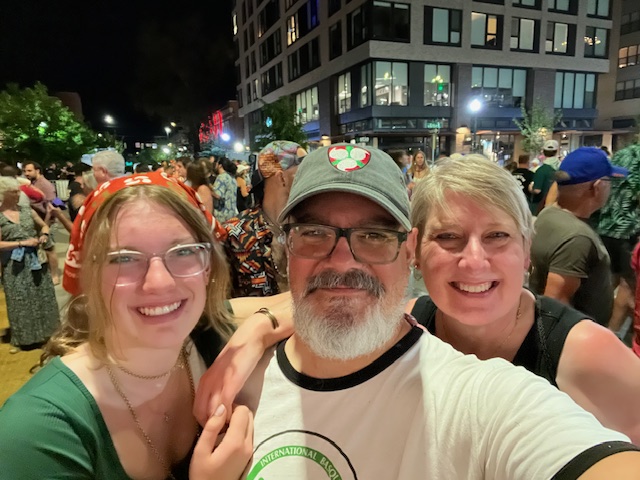

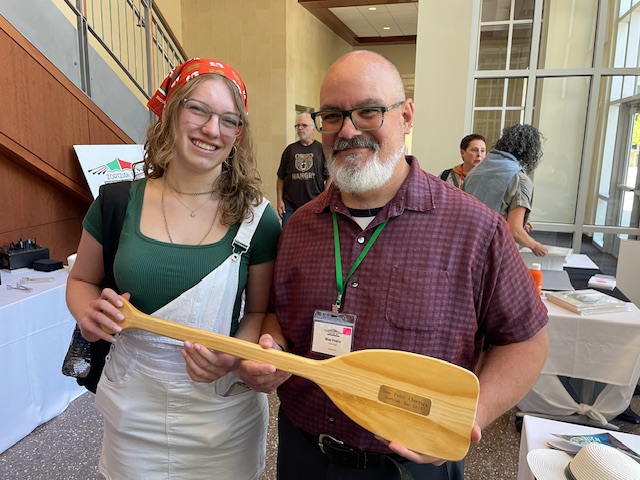

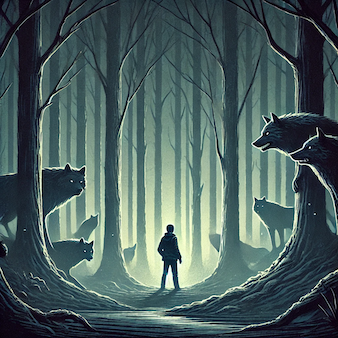
Arrotz-herri, otso-herri.
A foreign land is a land of wolves.
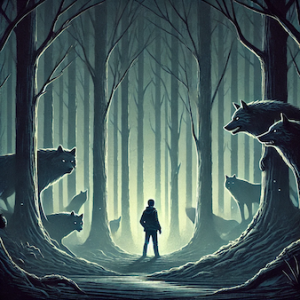
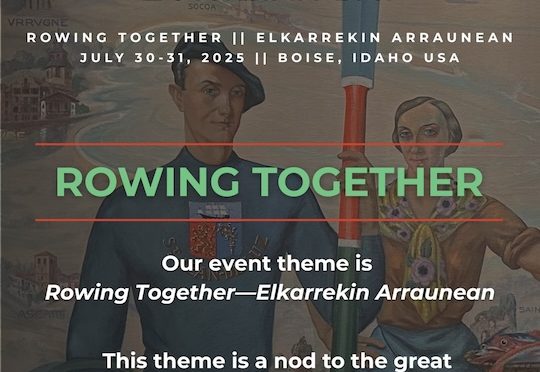
The Basque diaspora – those Basques that have found themselves for a multitude of reasons living and building lives outside of the Basque Country – have made significant contributions to the continued health and prosperity of Basque culture. Inspired by the motto Zazpiak Bat – the seven are one – the phrase Zortziak Bat has been used to include all of those Basques in the diaspora – the diaspora is the eighth province of the Basque Country. To recognize and celebrate the contributions of the Basques of the diaspora to Basque studies, a special symposium will be held during Jaialdi week. If you want to learn about a variety of aspects of Basque culture, check it out!
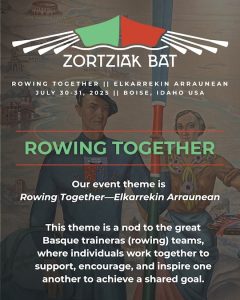
A full list of all of Buber’s Basque Facts of the Week can be found in the Archive.
Primary sources: Zortziakbat.eus

Arranoak lumak behar, txepetxak ere bai.
The eagle needs feathers, and the wren does too.

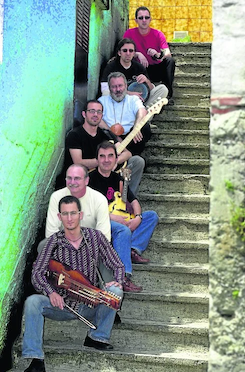
I’ve written about how, when I returned from my year in the Basque Country, I sort of shocked my dad by playing some Basque punk. However, I also came back with some folk music, including Oskorri. This, my dad could get in to. When he left the Basque Country, they didn’t have recordings of all of this music that he grew up with, so, when I was growing up, he never listened to any of it. Having a few CDs of music like Oskorri changed that for him, returned a little flavor of the Basque Country he grew up in.
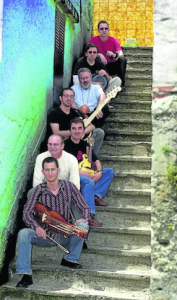
A full list of all of Buber’s Basque Facts of the Week can be found in the Archive.
Primary sources: Oskorri, Wikipedia; El último escalón de Oskorri by Iñaki Esteban, El Diaro Vasco
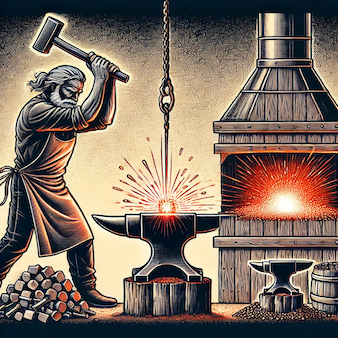
Arian, arian, zehetzen da burnia.
Working and working at it, iron can be pulverized.


While the Basque Country has seemingly punched above its weight in terms of its contributions to history, its contributions to philosophy are perhaps less well known. On July 1, the Basque Country lost one of its heavyweights. Joxe Azurmendi was one of the intellectual leaders of the modern Basque Country. It is impossible to do justice to his thinking and contributions in such a small space, but hopefully this brief introduction might motivate some to delve deeper into his work. Thanks to Eneko Ennekõike for bringing Azurmendi and his work to my attention.
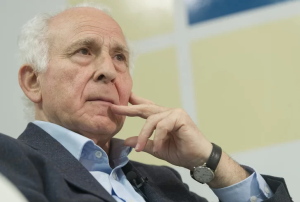
A full list of all of Buber’s Basque Facts of the Week can be found in the Archive.
Primary sources: Joxe Azurmendi, Wikipedia; Joxe Azurmendi, Wikipedia

Ardiak beeka egonik, ez du jaten belarrik.
A bleating sheep eats no grass.
